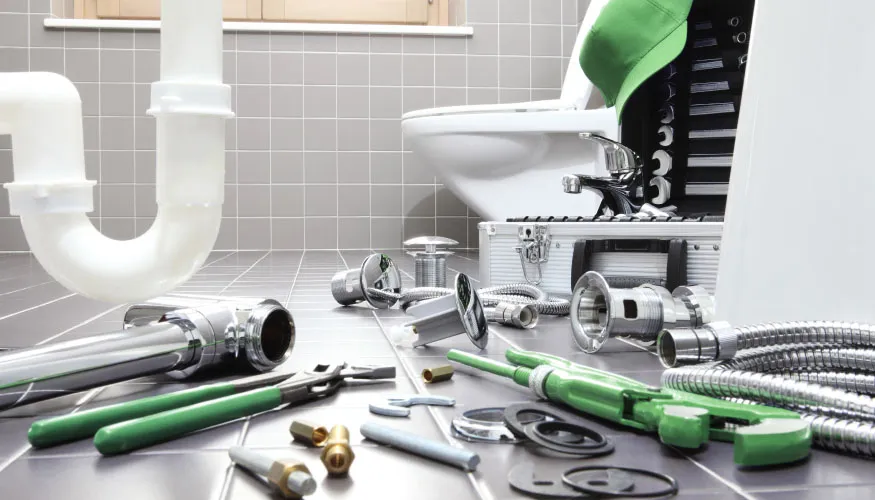When it comes to understanding the intricacies of a rifle scope, it's essential to familiarize yourself with the various parts that make up this crucial piece of equipment. Whether you're a novice shooter or a seasoned marksman, having a comprehensive understanding of the components of a rifle scope is vital for achieving accuracy and precision in your shooting endeavors.
Objective Lens
One of the most critical parts of a rifle scope is the objective lens. This lens is located at the end of the scope farthest from the shooter and is responsible for gathering light and transmitting it to the ocular lens. The size of the objective lens, measured in millimeters, determines the amount of light that can enter the scope. A larger objective lens allows for better light transmission, making it ideal for low-light shooting conditions.
Reticle
The reticle, also known as the crosshair, is the aiming point within the scope that helps shooters align their target. There are various types of reticles, including duplex, mil-dot, and BDC (bullet drop compensator), each designed to assist shooters in different scenarios. Understanding the type of reticle that best suits your shooting needs is crucial for achieving accuracy and precision in the field.
Elevation and Windage Turrets
Located on the top and side of the scope, the elevation and windage turrets allow shooters to make adjustments to the point of impact of their shots. The elevation turret controls the vertical adjustment of the reticle, compensating for bullet drop at different distances. On the other hand, the windage turret controls the horizontal adjustment, compensating for the effect of wind on the bullet's trajectory. Familiarizing yourself with these turrets is essential for making precise adjustments in various shooting conditions.
Ocular Lens and Eye Relief
At the opposite end of the scope from the objective lens, the ocular lens is responsible for focusing the reticle to match the shooter's eye. Additionally, the ocular lens provides the shooter with the ability to adjust the focus for a clear and sharp image. Eye relief, the distance between the shooter's eye and the ocular lens, is also a crucial factor to consider. Understanding the concept of eye relief is essential for preventing scope eye and ensuring a comfortable shooting experience.
As you delve into the world of rifle scopes, understanding the various parts and their functions is paramount for honing your shooting skills. Whether you're looking to improve your long-range shooting or enhance your hunting experience, a solid grasp of the components of a rifle scope will undoubtedly elevate your performance in the field.







